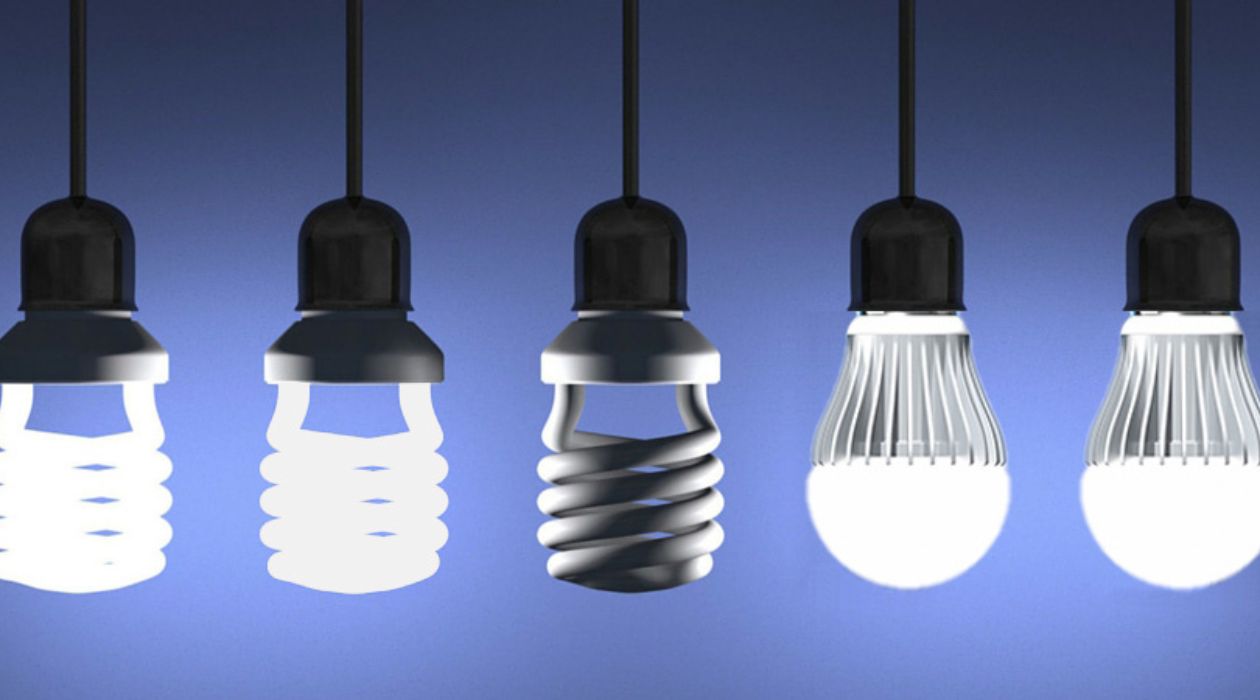

Articles
How Long Does A Light Bulb Last
Modified: December 7, 2023
Discover how long a light bulb can last with our informative articles. Get valuable insights and tips on optimizing the lifespan of your bulbs.
(Many of the links in this article redirect to a specific reviewed product. Your purchase of these products through affiliate links helps to generate commission for Storables.com, at no extra cost. Learn more)
Introduction
Light bulbs are an essential part of our daily lives, providing us with the illumination we need in our homes, offices, and public spaces. However, have you ever wondered how long a light bulb actually lasts? The lifespan of a light bulb can vary depending on several factors, including the type of bulb and how it is used.
In this article, we will explore the different types of light bulbs and the factors that can affect their lifespan. We will delve into incandescent light bulbs, compact fluorescent lamps (CFLs), light emitting diodes (LEDs), and halogen light bulbs to give you a comprehensive understanding of their longevity. Additionally, we will provide you with some tips on how to extend the lifespan of your light bulbs to get the most out of them.
Whether you’re a homeowner trying to choose the right light bulb for your living room or an office manager looking to reduce maintenance costs, this article will equip you with the knowledge you need to make informed decisions and optimize the lifespan of your light bulbs.
So, let’s dive in and explore the fascinating world of light bulb lifespans!
Key Takeaways:
- Choose energy-efficient options like CFLs or LEDs to extend the lifespan of your light bulbs, reduce energy consumption, and save money in the long run. Proper care and usage are essential for maximizing your lighting investment.
- Understanding the factors that affect light bulb lifespan and implementing proper maintenance can lead to longer-lasting bulbs, reduced replacements, and optimized lighting efficiency for homes and businesses.
Read more: How Long Does An LED Bulb Last
Factors Affecting the Lifespan of Light Bulbs
The lifespan of a light bulb can be influenced by various factors that impact its durability and efficiency. Here are some key factors to consider:
1. Quality of the Bulb: The quality of the light bulb itself plays a significant role in determining its lifespan. Higher-quality bulbs are typically designed to last longer and withstand frequent use.
2. Usage Patterns: The amount of time a light bulb is used daily, as well as the frequency of on/off cycles, can affect its lifespan. Constantly turning a bulb on and off can decrease its longevity. In contrast, a light bulb that is used for extended periods or left on for long durations will experience reduced lifespan due to wear and tear.
3. Wattage: The wattage of a light bulb, which indicates its power consumption, can impact its lifespan. Higher-wattage bulbs tend to generate more heat, which can cause faster deterioration of the bulb’s components and shorten its lifespan.
4. Voltage Fluctuations: Light bulbs are sensitive to voltage fluctuations in electrical systems. If a bulb is exposed to constant voltage fluctuations, it can result in shorter lifespans. Using voltage stabilizers or surge protectors can help protect the bulbs from these fluctuations.
5. Operating Environment: The environment in which a light bulb operates can have a significant impact on its longevity. Extreme temperatures, such as excessive heat or cold, can cause bulbs to deteriorate more quickly. Additionally, exposure to moisture or humidity can lead to corrosion and reduce the lifespan of the bulb.
6. Vibration and Shock: Light bulbs are susceptible to damage from vibrations or shocks. This is especially true for bulbs installed in locations where there is constant movement or where the bulb could be accidentally bumped or hit. Using vibration-resistant bulbs or securing the bulbs in suitable fixtures can help mitigate this factor.
7. Maintenance and Handling: The way light bulbs are maintained and handled can also influence their lifespan. For example, cleaning bulbs with harsh chemicals or touching them with bare hands can cause damage. Proper cleaning methods, such as using a dry cloth or gentle cleaning solutions, and handling bulbs with clean, dry hands can help prolong their lifespan.
By considering these factors and implementing appropriate measures, you can optimize the lifespan of your light bulbs and reduce the frequency of replacements, saving both time and money in the long run.
Incandescent Light Bulbs
Incandescent light bulbs have been around for over a century and are the traditional choice for household lighting. These bulbs work by passing an electric current through a filament wire, which heats up and emits light. While they are affordable and provide a warm, pleasant light, incandescent bulbs have a relatively short lifespan compared to other types of bulbs.
The typical lifespan of an incandescent light bulb ranges from 800 to 1,500 hours. This means that if you use the bulb for an average of three hours per day, it will last about nine to sixteen months. However, factors such as wattage, usage patterns, and voltage fluctuations can affect the lifespan of incandescent bulbs.
One of the main reasons for the shorter lifespan of incandescent bulbs is their inefficiency. They convert most of the electrical energy they consume into heat rather than light, making them less energy-efficient than other types of bulbs. The excessive heat generated by incandescent bulbs can cause the filament to weaken over time, leading to premature burnout.
To extend the lifespan of incandescent bulbs, you can follow these tips:
- Choose lower-wattage bulbs: Lower-wattage bulbs not only consume less energy but also produce less heat, which can help prolong the lifespan of the filament.
- Avoid frequent on/off cycles: Incandescent bulbs experience a surge of electrical current when they are turned on, which can cause stress on the filament. Minimize frequent on/off cycles to reduce wear and tear.
- Use stabilizers or surge protectors: Voltage fluctuations can impact the lifespan of incandescent bulbs. Consider using voltage stabilizers or surge protectors to protect the bulbs from sudden changes in voltage.
It’s important to note that due to their lower energy efficiency, many countries have phased out incandescent bulbs in favor of more eco-friendly options like CFLs and LEDs.
While incandescent light bulbs may not have the longest lifespan, they still have their place in certain lighting applications. However, for most modern lighting needs, it is worth considering more energy-efficient alternatives that provide longer lifespans and cost savings in the long run.
Compact Fluorescent Lamps (CFLs)
Compact Fluorescent Lamps (CFLs) are energy-efficient alternatives to incandescent bulbs. These bulbs work by passing an electric current through a tube containing a small amount of mercury vapor. The electricity excites the mercury atoms, causing them to emit ultraviolet light. This light then interacts with the phosphor coating on the inside of the tube, producing visible light.
CFLs offer several advantages over incandescent bulbs, including a longer lifespan. On average, CFLs can last anywhere from 8,000 to 15,000 hours, which is significantly longer than incandescent bulbs. This translates to about 7 to 14 years of use based on average daily lighting needs. The extended lifespan of CFLs is due to their energy-efficient design, which generates less heat and puts less stress on the bulb’s components.
Factors that can affect the lifespan of CFLs include wattage, usage patterns, and operating environment. Using lower-wattage CFLs can help extend their lifespan, as it reduces the strain on the bulb. Additionally, avoiding frequent on/off cycles and providing adequate ventilation in the light fixture can contribute to a longer lifespan for CFLs.
It’s important to note that CFLs contain a small amount of mercury, which makes proper disposal essential. When a CFL reaches the end of its lifespan, it should be taken to a recycling center or a designated collection point to ensure the safe handling and recycling of the mercury.
While CFLs offer energy efficiency and a longer lifespan compared to incandescent bulbs, they do have some drawbacks. CFLs require a short warm-up period to reach their full brightness, and rapid on/off switching can decrease their lifespan. Moreover, CFLs are not dimmable by default, requiring compatible dimmer switches for dimming functionality.
Despite these limitations, CFLs remain a popular choice for energy-conscious consumers. They provide significant energy savings and can be an effective option for areas where extended periods of light are needed, such as in living rooms, kitchens, and offices.
However, it’s worth noting that LED technology has rapidly advanced in recent years and is now considered the most energy-efficient and long-lasting lighting option available in the market.
LED light bulbs can last up to 25,000 hours, while incandescent bulbs typically last around 1,000 hours. Be sure to check the manufacturer’s specifications for the specific bulb you are using.
Light Emitting Diodes (LEDs)
Light Emitting Diodes (LEDs) have revolutionized the lighting industry with their energy efficiency and longevity. LEDs work by passing an electric current through a semiconductor material, which emits light when the electrons recombine with electron holes. Unlike incandescent and CFL bulbs, LEDs do not rely on heating a filament or using mercury vapor to produce light.
LEDs offer several advantages over traditional bulbs, including an incredibly long lifespan. On average, LEDs can last anywhere from 25,000 to 50,000 hours or even more, which is significantly longer than both incandescent bulbs and CFLs. This translates to about 22 to 45 years of use based on average daily lighting needs. The longevity of LEDs is due to their solid-state design, which is highly durable and less susceptible to wear and tear.
LEDs are also highly energy-efficient, converting a higher percentage of electrical energy into light rather than heat. This not only reduces energy consumption but also contributes to their extended lifespan by minimizing heat-related stress on the components.
Factors that can affect the lifespan of LEDs include the quality of the bulb, operating environment, and thermal management. LEDs of higher quality tend to have better construction, which leads to increased durability and a longer lifespan. Operating LEDs in environments with lower temperatures and adequate ventilation can also help prevent overheating and extend their lifespan.
One of the key benefits of LEDs is their instant-on capability, meaning they reach full brightness immediately without any warm-up time. LEDs are also highly customizable in terms of brightness and color, allowing for versatile lighting options tailored to specific needs. Additionally, LEDs are compatible with dimmer switches, offering smooth dimming functionality for creating the desired ambiance.
LED technology has become increasingly affordable and widely available, making it the go-to choice for various applications, from residential lighting to commercial and outdoor lighting. LEDs are used in a wide range of settings, including homes, offices, streets, and even large-scale displays.
While the upfront cost of LEDs may be higher than other types of bulbs, their long lifespan and energy efficiency contribute to significant cost savings in the long run. Investing in LED lighting not only reduces energy consumption but also minimizes the frequency of bulb replacements, reducing maintenance and replacement costs over time.
Overall, LEDs have revolutionized the lighting industry, offering remarkable energy efficiency, durability, and versatility. As technology continues to advance, LEDs will undoubtedly remain at the forefront of lighting solutions for years to come.
Read more: How Long Does A Projector Bulb Last
Halogen Light Bulbs
Halogen light bulbs are a type of incandescent bulb that uses halogen gas to increase its efficiency and lifespan. These bulbs operate similarly to traditional incandescent bulbs but have a halogen filling that allows the filament to operate at higher temperatures and produce a brighter light.
Halogen bulbs offer several advantages over standard incandescent bulbs, including a longer lifespan. While traditional incandescent bulbs typically last around 800 to 1,500 hours, halogen bulbs can last approximately 2,000 to 4,000 hours. This increased lifespan can be attributed to the halogen filling, which helps to regenerate the filament and prevent it from deteriorating quickly.
In terms of energy efficiency, halogen bulbs are more efficient than traditional incandescent bulbs but less energy-efficient compared to CFLs and LEDs. Although they produce a brighter light, they still waste a significant amount of energy as heat. Therefore, it is important to handle halogen bulbs with care, as they can become very hot during use.
The lifespan of halogen bulbs can be affected by a few factors. Using dimmer switches can help extend the lifespan, as it reduces the heat and stress on the filament. Additionally, being careful not to touch the bulb with bare hands when installing or replacing it can prevent the oils from your skin from damaging the bulb and causing it to fail prematurely.
It’s worth noting that halogen bulbs are being phased out in many countries due to their lower energy efficiency and the availability of more sustainable options. However, they are still commonly used in specific applications that require high-quality, focused lighting, such as in track lighting, recessed lighting, and automotive headlights.
In summary, while halogen light bulbs have a longer lifespan than traditional incandescent bulbs and provide a bright light, they are less energy-efficient compared to CFLs and LEDs. As the lighting industry continues to evolve, it is advisable to consider more energy-efficient and eco-friendly options for most lighting needs.
Tips to Extend the Lifespan of Light Bulbs
Want to get the most out of your light bulbs and extend their lifespan? Here are some tips to help maximize their longevity:
- Choose the right bulb: Select a bulb that is suitable for the intended purpose and environment. Consider factors such as wattage, color temperature, and dimming capabilities to ensure you have the right bulb for your specific needs.
- Avoid frequent on/off cycles: Minimize the frequency of turning the light bulb on and off, as this can contribute to a shorter lifespan. Instead, try to leave the light on for longer periods to reduce the stress caused by constant cycling.
- Optimize usage patterns: Be mindful of how often and for how long you use your light bulbs. Using them for extended periods or leaving them on unnecessarily can lead to faster wear and tear. Consider using natural light sources during the day or installing motion sensors to reduce unnecessary usage.
- Clean bulbs properly: Regularly dust and clean your light bulbs to prevent dirt and debris from accumulating on the surfaces. Use a dry cloth or a gentle cleaning solution to wipe the bulbs gently. Avoid using harsh chemicals or abrasive materials that can damage the bulbs.
- Handle bulbs with care: When installing or replacing light bulbs, avoid touching the glass surface with bare hands. The oils from your skin can create hotspots on the surface, leading to premature failure. If you do touch the bulb, clean it with rubbing alcohol before use.
- Provide proper ventilation: Ensure that light fixtures and lamps have proper ventilation to dissipate heat effectively. Excessive heat buildup can shorten the lifespan of the bulb. Avoid blocking ventilation holes or using bulbs with higher wattages than recommended by the fixture.
- Use voltage stabilizers or surge protectors: If your area experiences frequent voltage fluctuations, consider using voltage stabilizers or surge protectors to regulate the electrical current. This can help protect your bulbs from damage caused by sudden changes in voltage.
- Choose energy-efficient options: Consider upgrading to energy-efficient bulbs like CFLs or LEDs. They consume less energy and generate less heat, resulting in longer lifespans and cost savings over time. Although they may have higher upfront costs, their energy efficiency and extended lifespans make them worthwhile investments.
- Read and follow manufacturer guidelines: Always refer to the manufacturer’s instructions and guidelines for proper installation, usage, and maintenance of your light bulbs. Each type of bulb may have specific recommendations that should be followed to ensure optimal performance and longevity.
By following these tips, you can help extend the lifespan of your light bulbs, reduce the frequency of replacements, and save both time and money in the long run. Remember, proper care and usage are essential for getting the most out of your lighting investment.
Conclusion
Understanding the lifespan of light bulbs and implementing measures to extend their longevity can greatly benefit both homeowners and businesses. The factors that affect the lifespan of light bulbs, such as bulb quality, usage patterns, operating environment, and voltage stability, should be taken into consideration when selecting and maintaining light bulbs for optimal performance.
Incandescent light bulbs, although widely used in the past, have shorter lifespans due to their inefficient design and excessive heat generation. Compact Fluorescent Lamps (CFLs) offer longer lifespans and energy efficiency, while Light Emitting Diodes (LEDs) stand out as the most energy-efficient and long-lasting option. Halogen light bulbs, despite their higher brightness levels, are being phased out in many countries in favor of more sustainable choices.
To lengthen the lifespan of light bulbs, it is important to choose the right bulb for the intended purpose, optimize usage patterns, handle bulbs with care, clean them properly, and provide proper ventilation. Additionally, using voltage stabilizers, surge protectors, and energy-efficient options can contribute to prolonged lifespan and cost savings.
As technology continues to evolve, it becomes crucial to stay up-to-date with the latest advancements in lighting solutions. By considering energy-efficient alternatives like CFLs and LEDs, individuals and businesses can not only reduce their environmental impact but also enjoy longer-lasting bulbs and significant cost savings over time.
In conclusion, by understanding the factors affecting the lifespan of light bulbs and implementing measures to optimize their longevity, individuals and organizations can make informed choices, maximize lighting efficiency, and contribute to a sustainable future.
Frequently Asked Questions about How Long Does A Light Bulb Last
Was this page helpful?
At Storables.com, we guarantee accurate and reliable information. Our content, validated by Expert Board Contributors, is crafted following stringent Editorial Policies. We're committed to providing you with well-researched, expert-backed insights for all your informational needs.
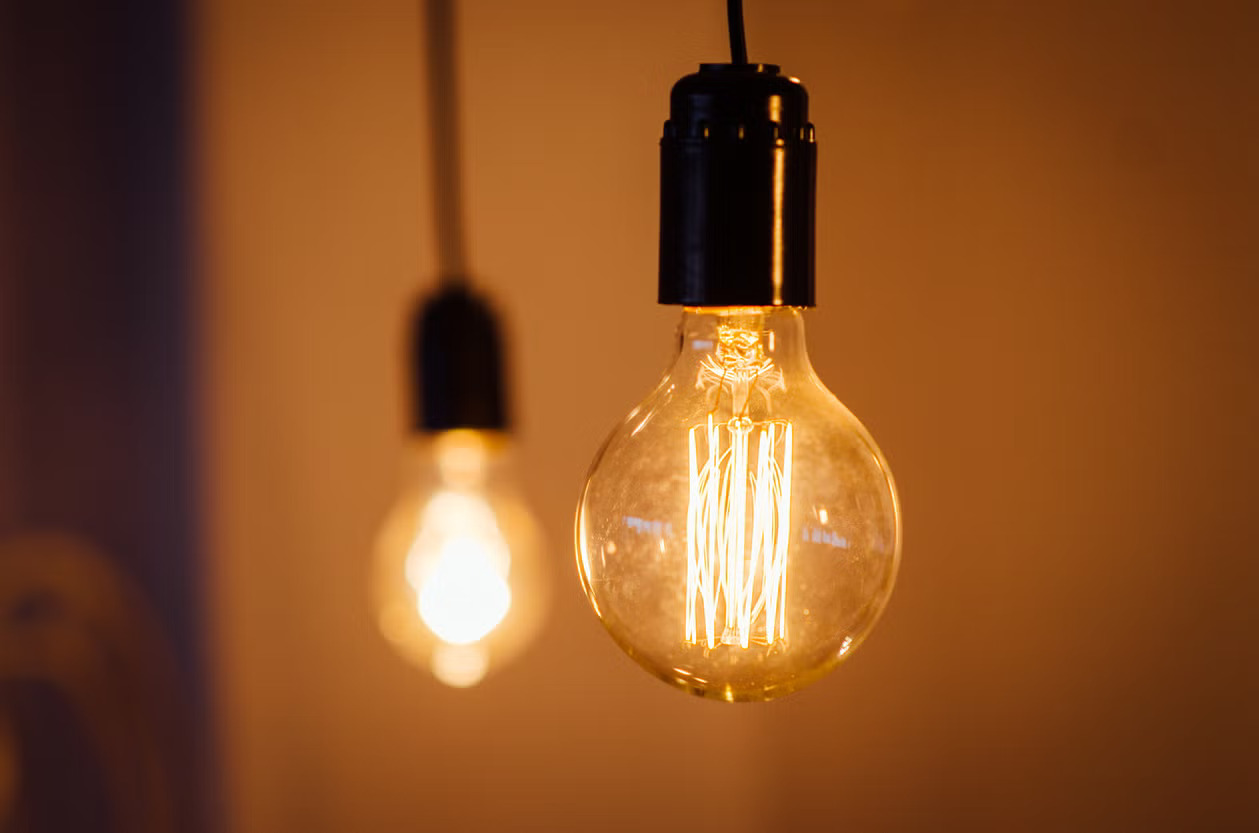
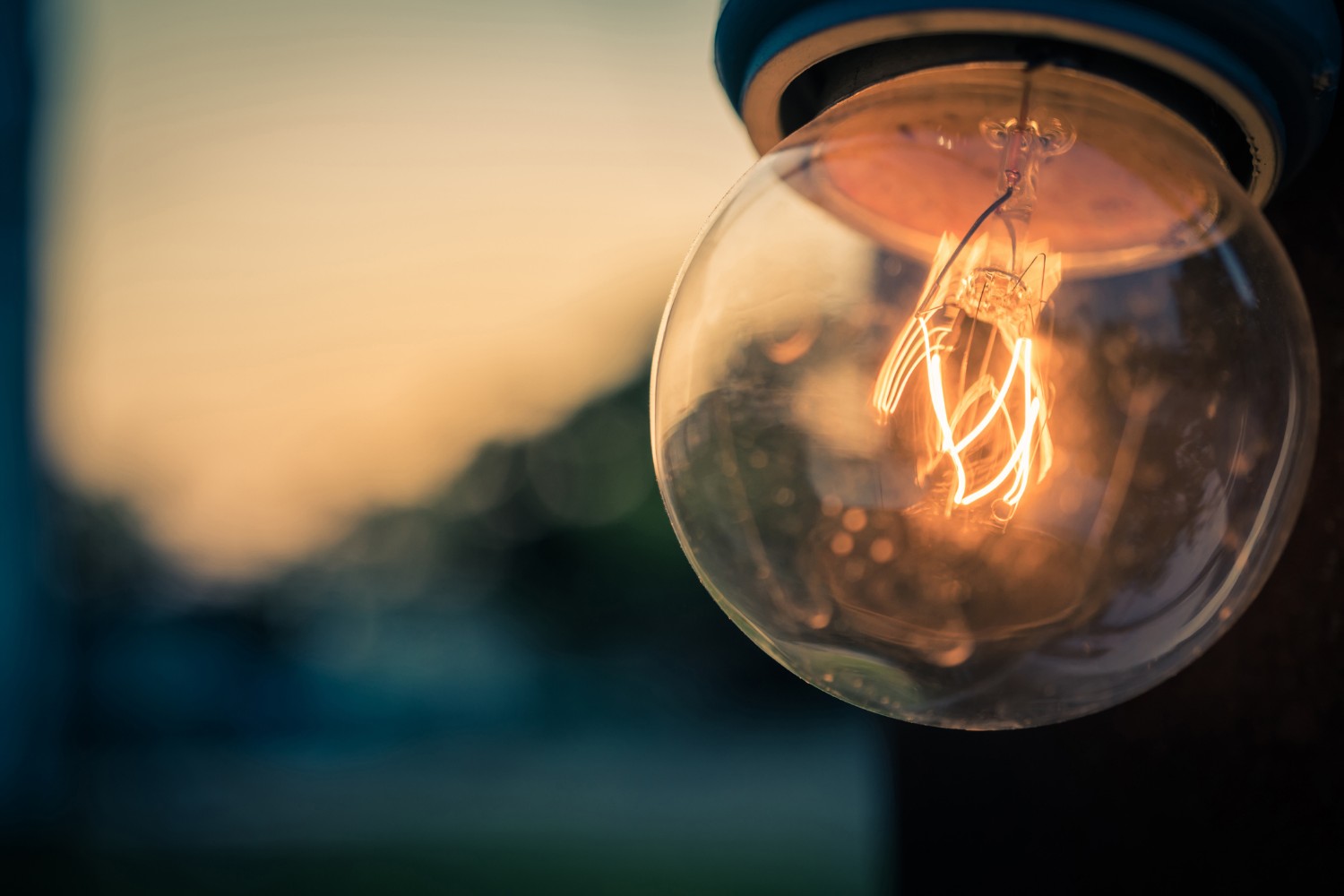
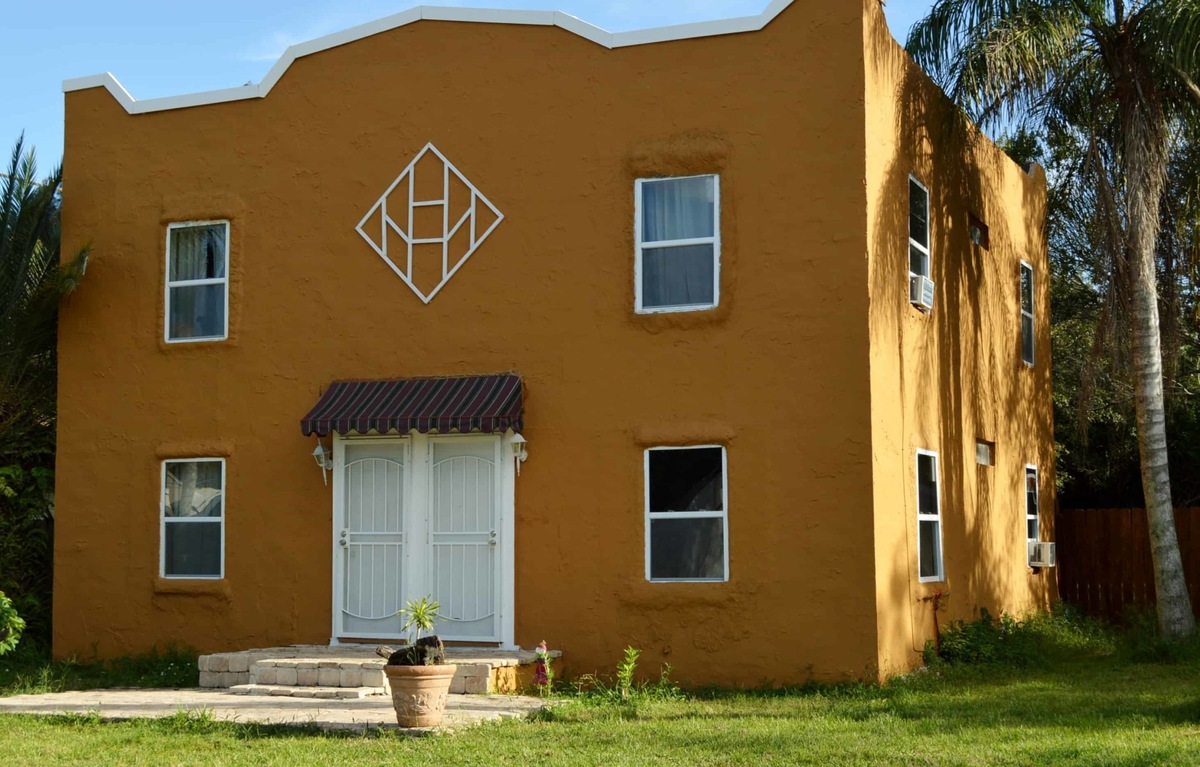
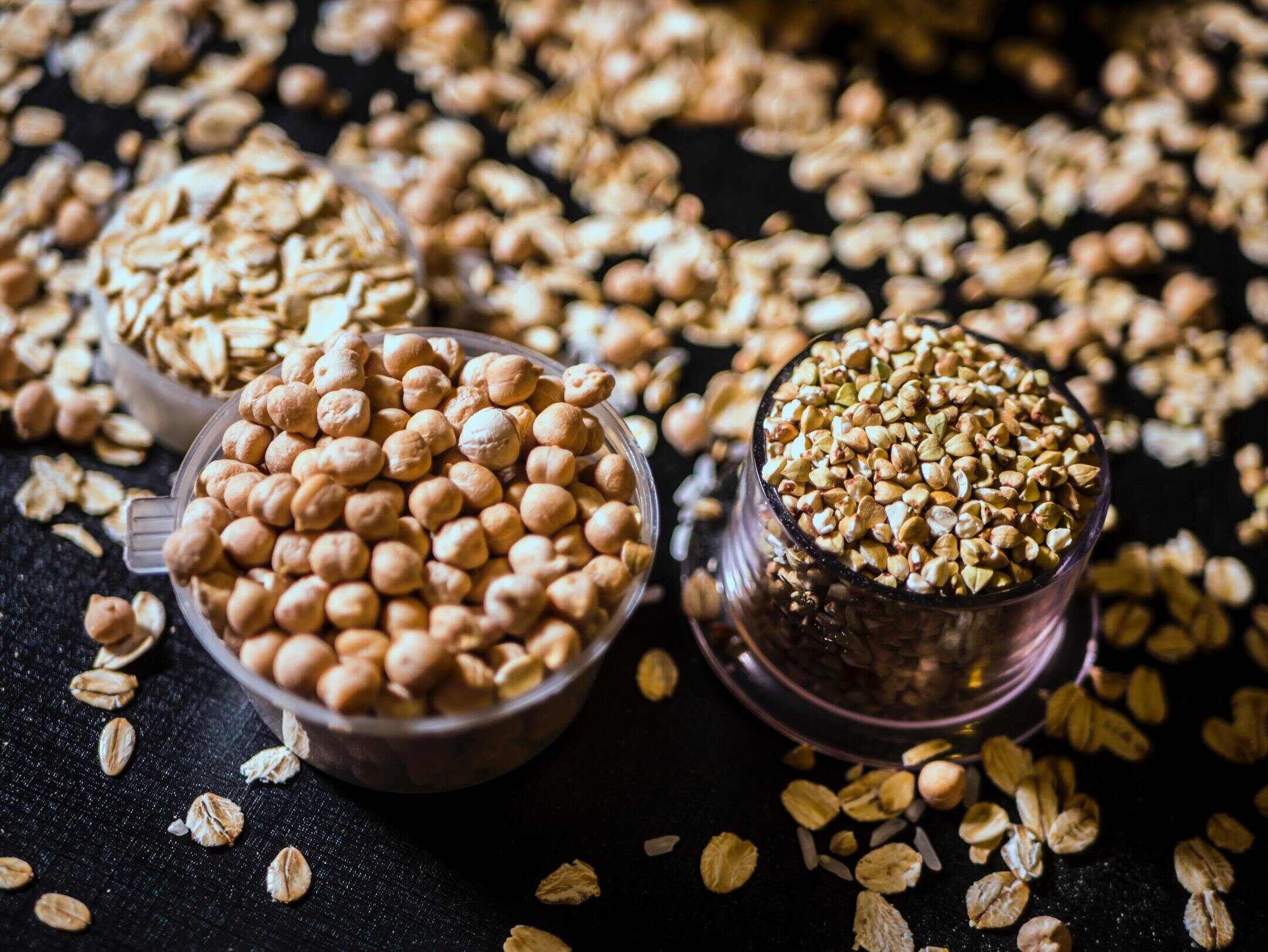

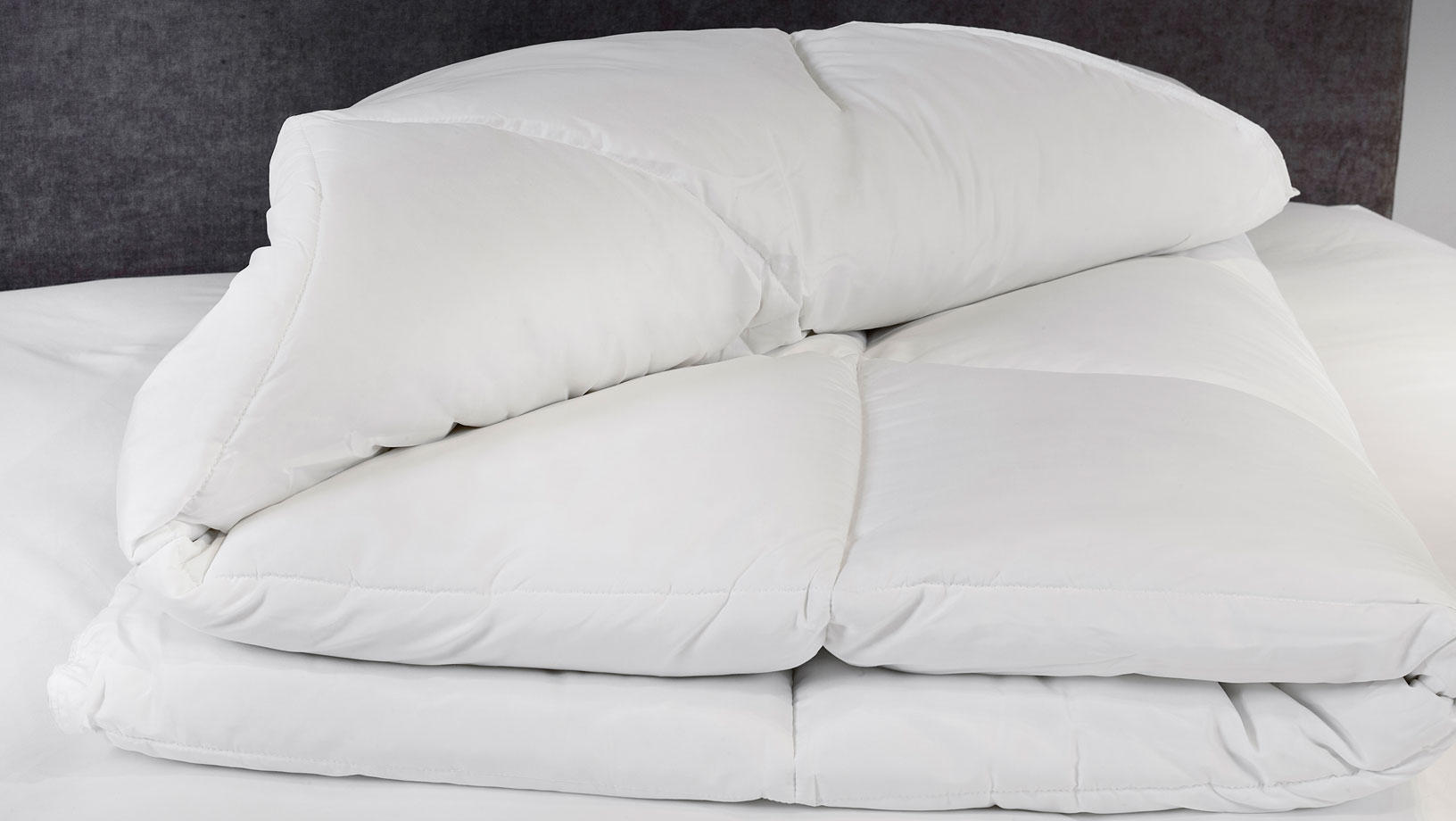

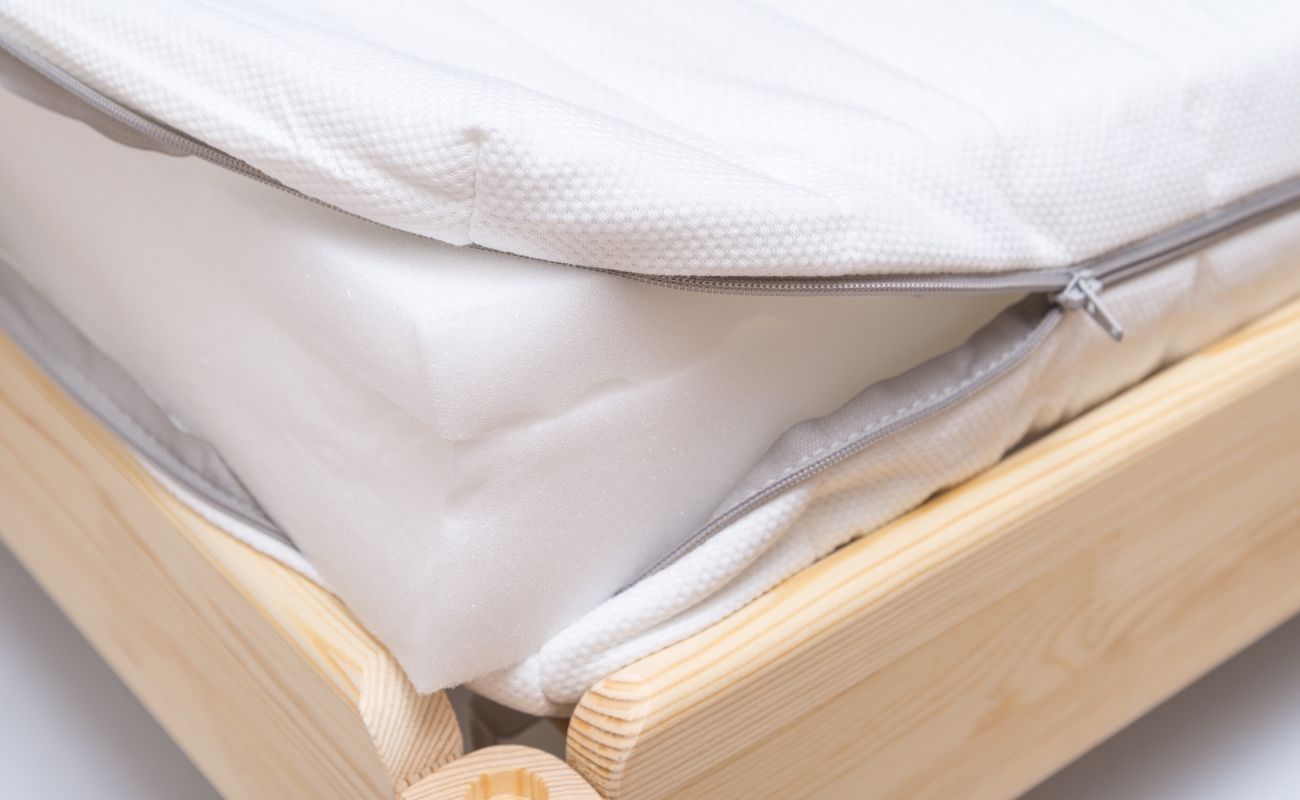
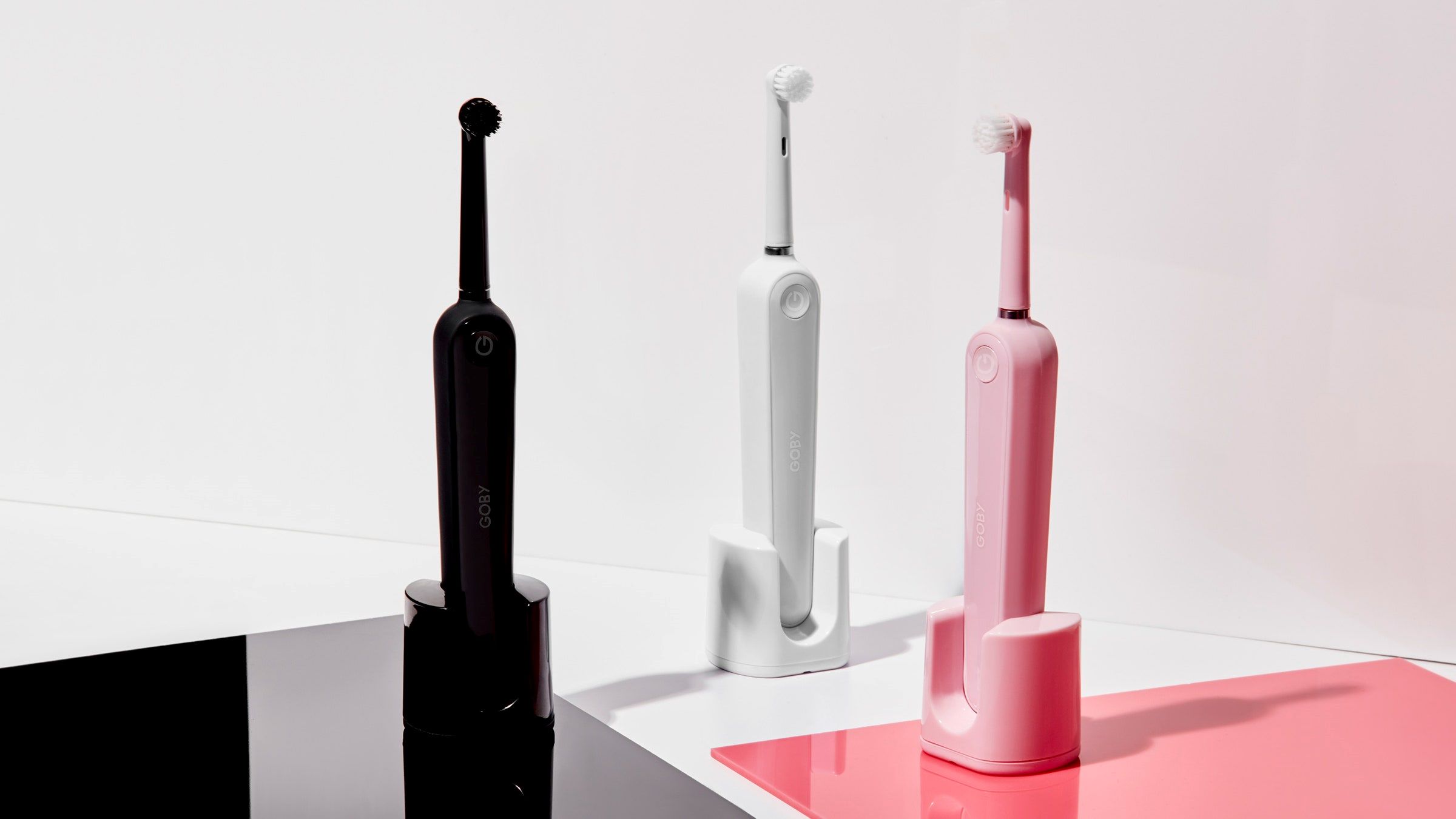
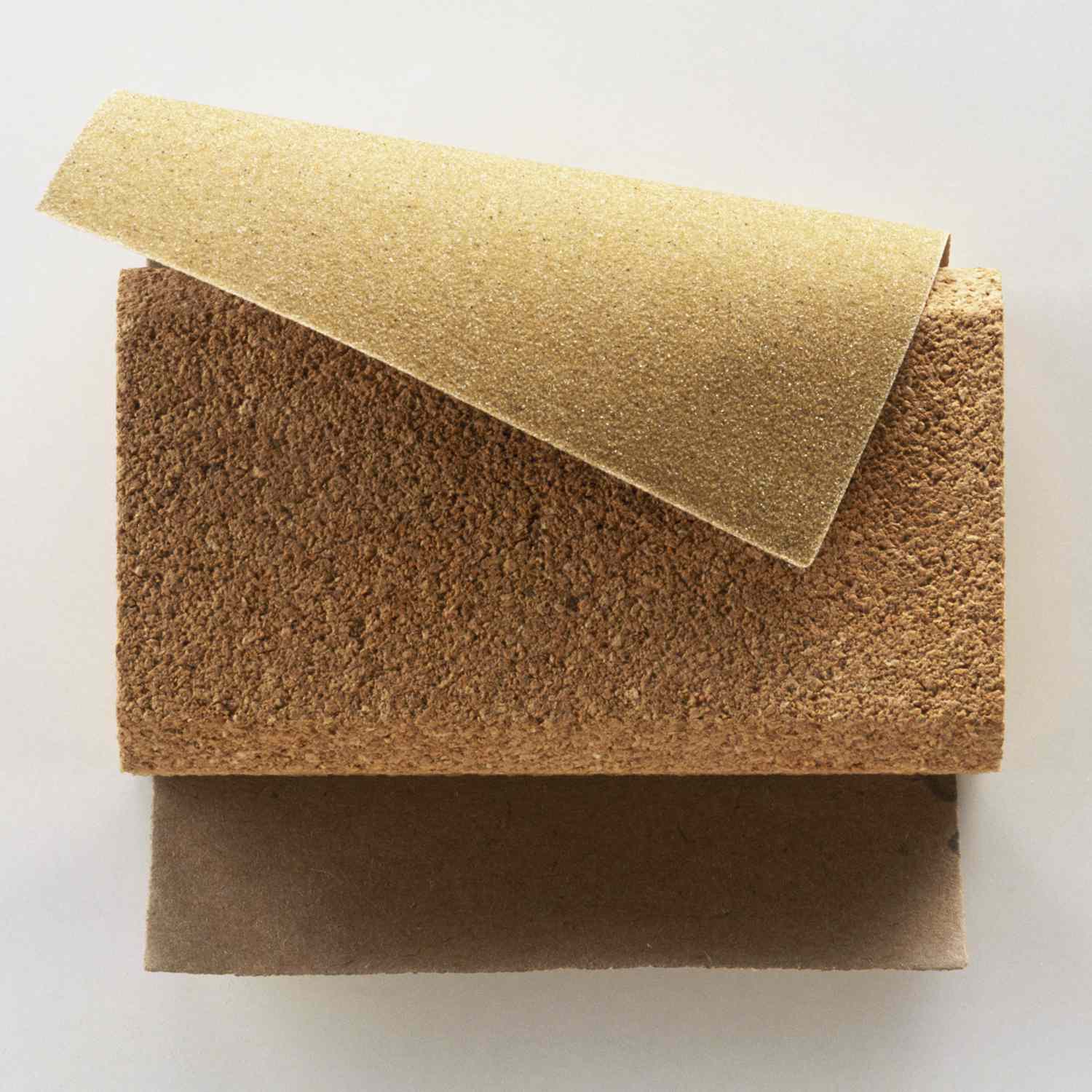

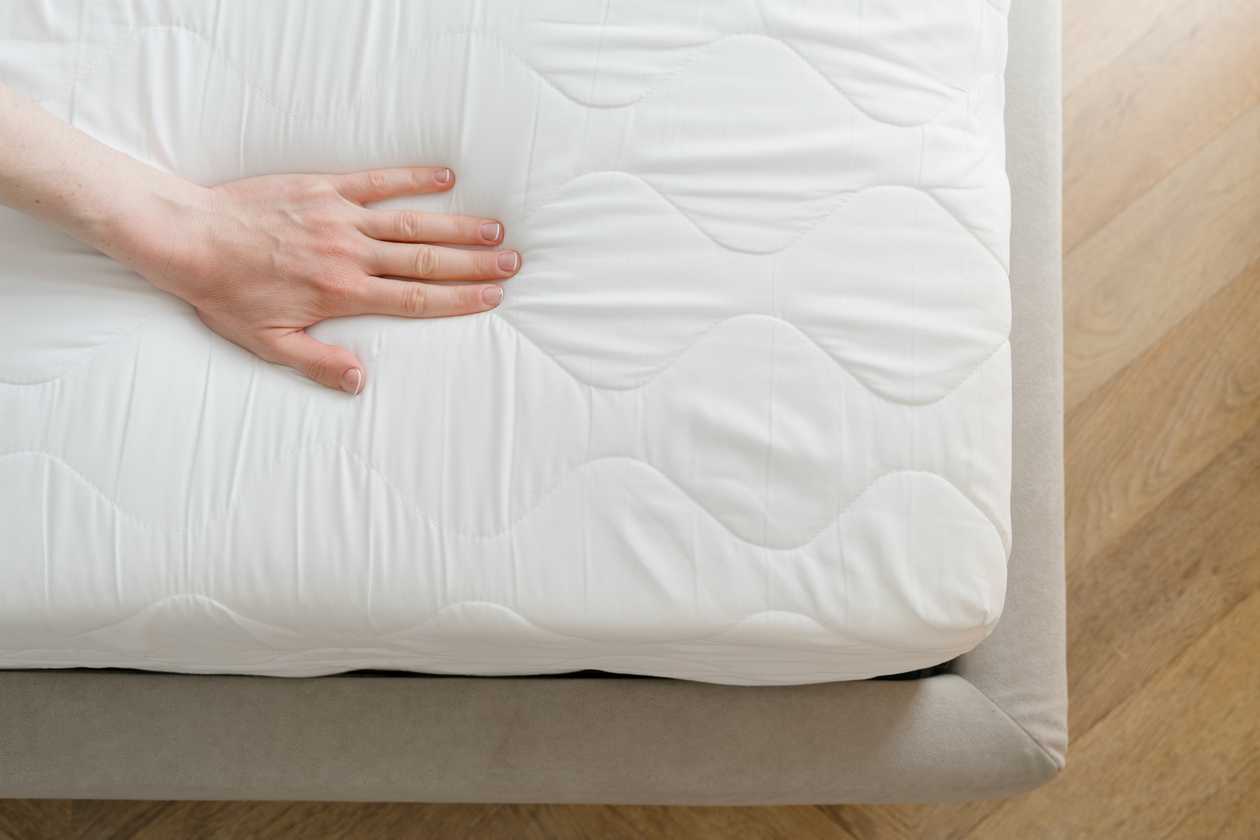
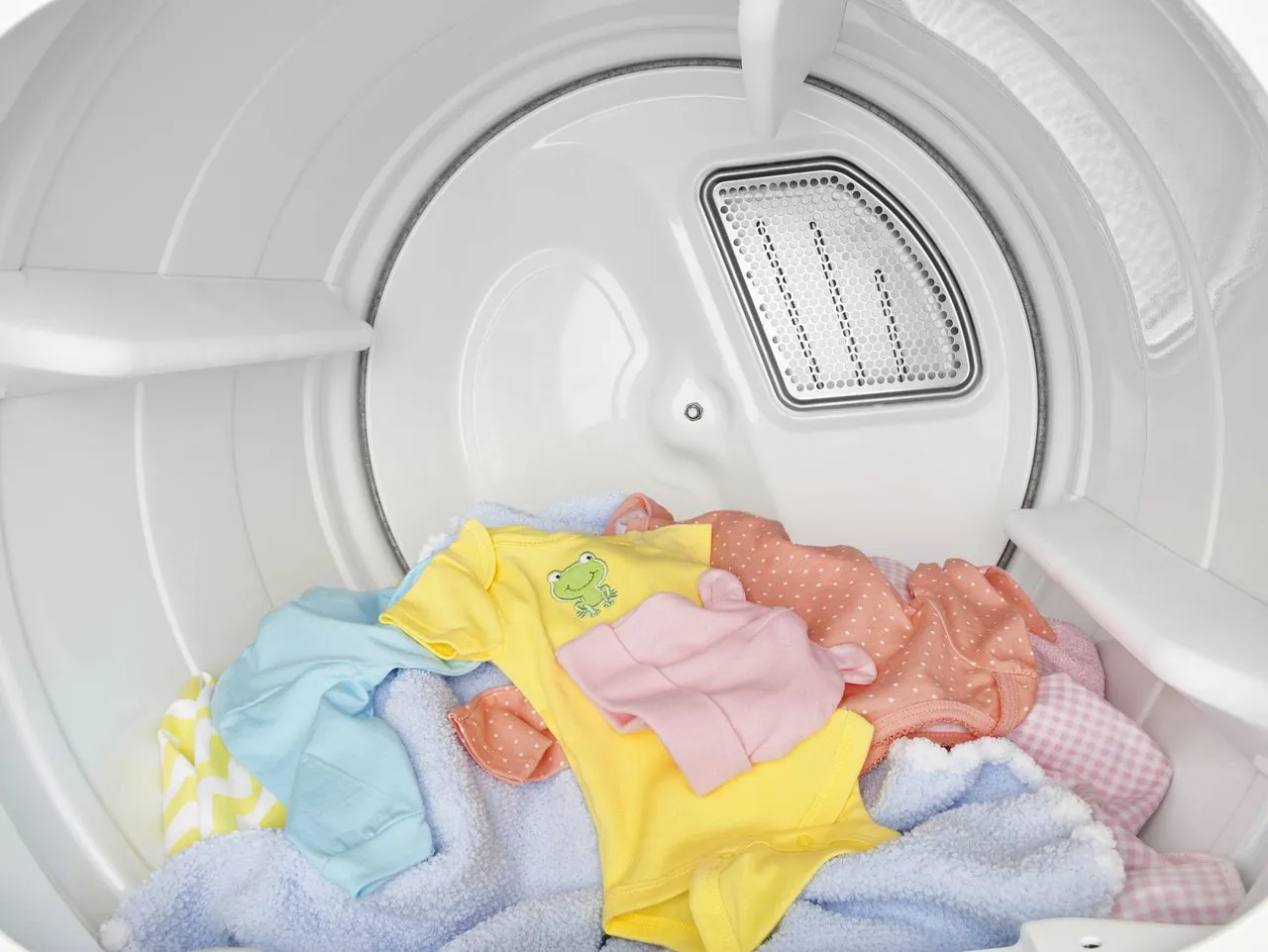


0 thoughts on “How Long Does A Light Bulb Last”